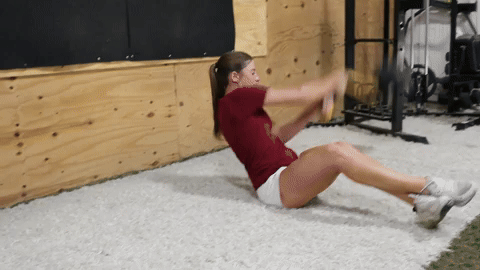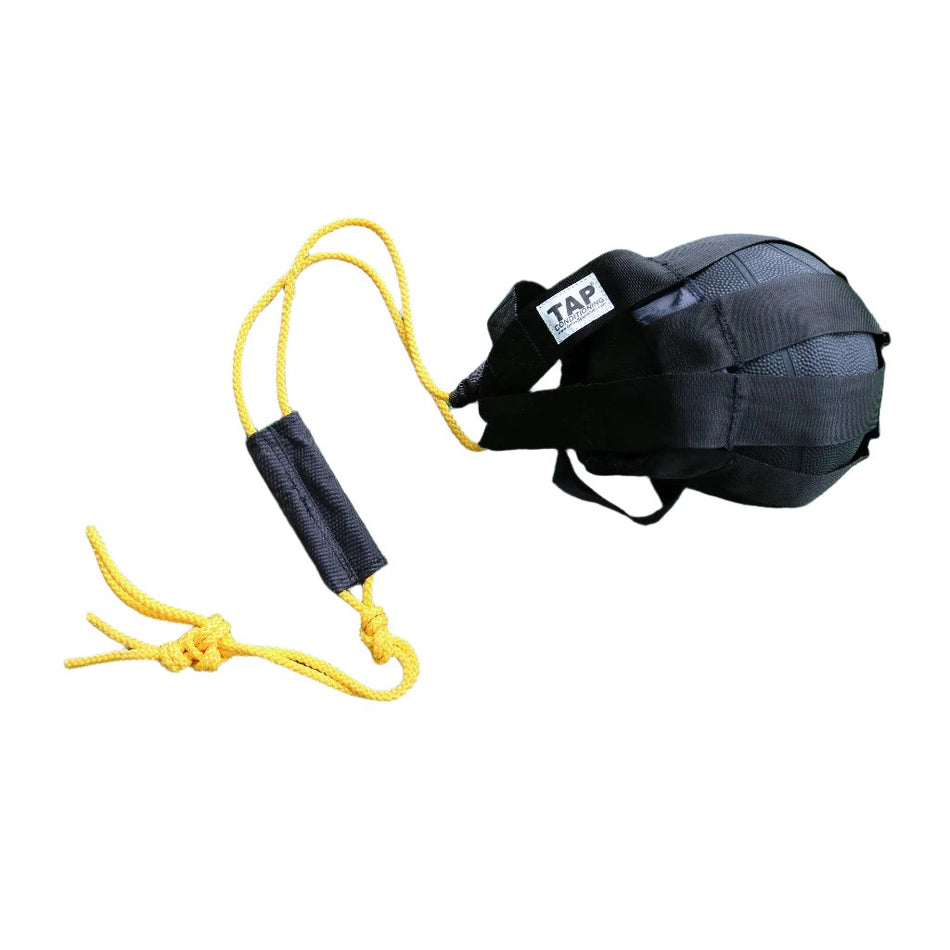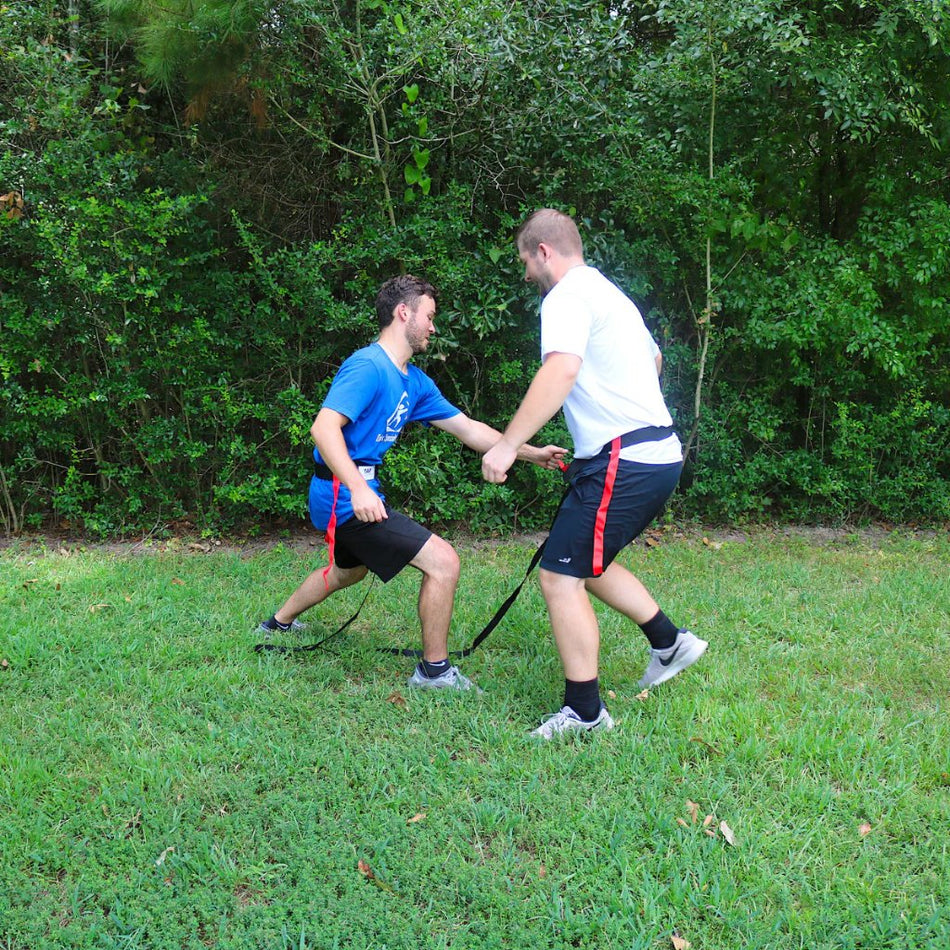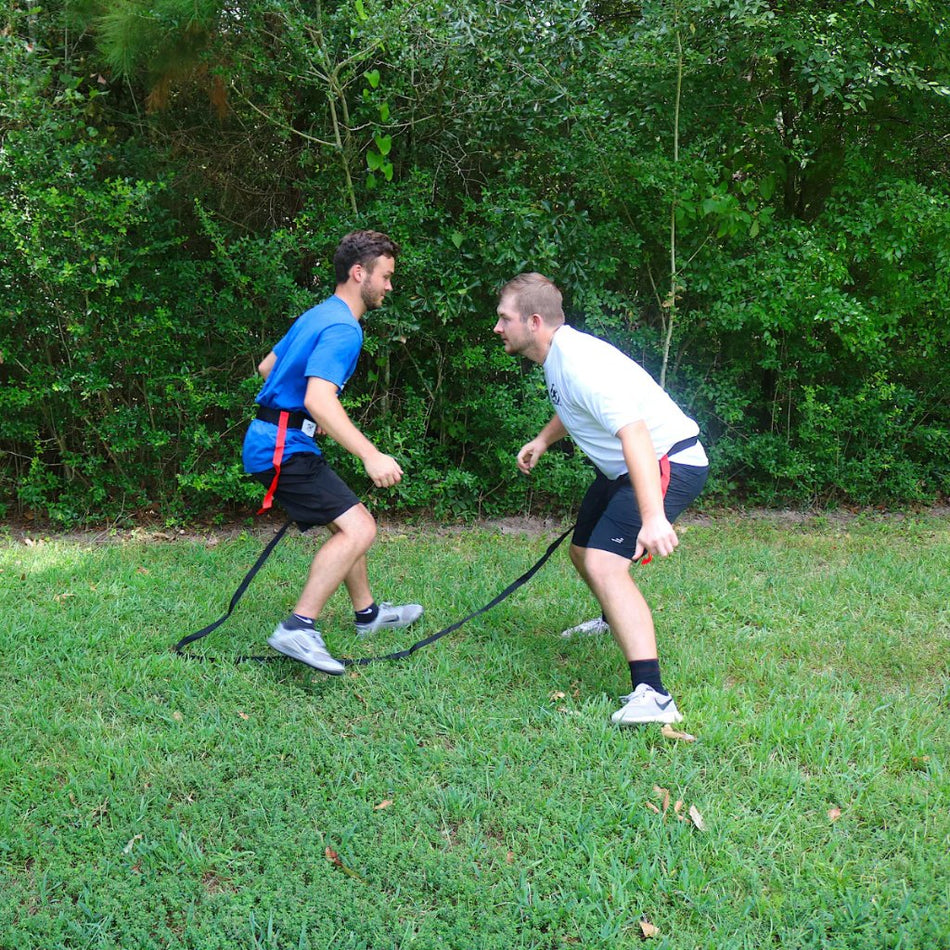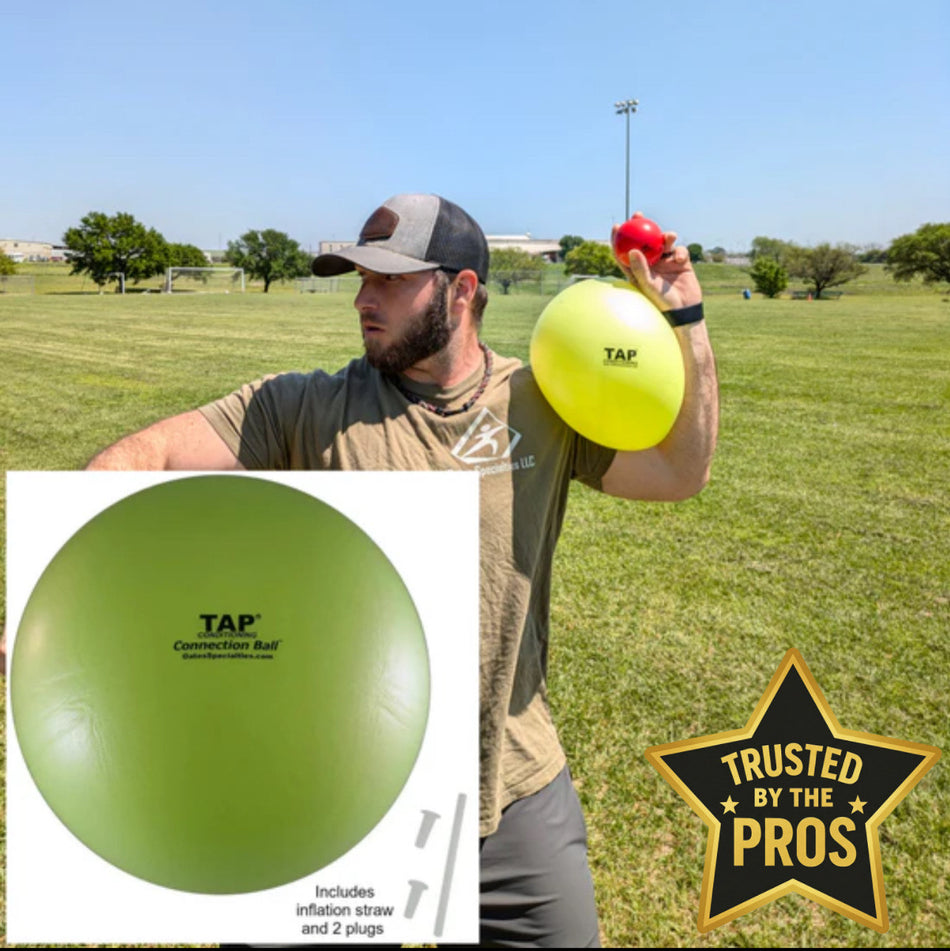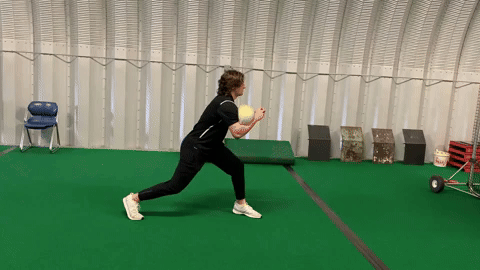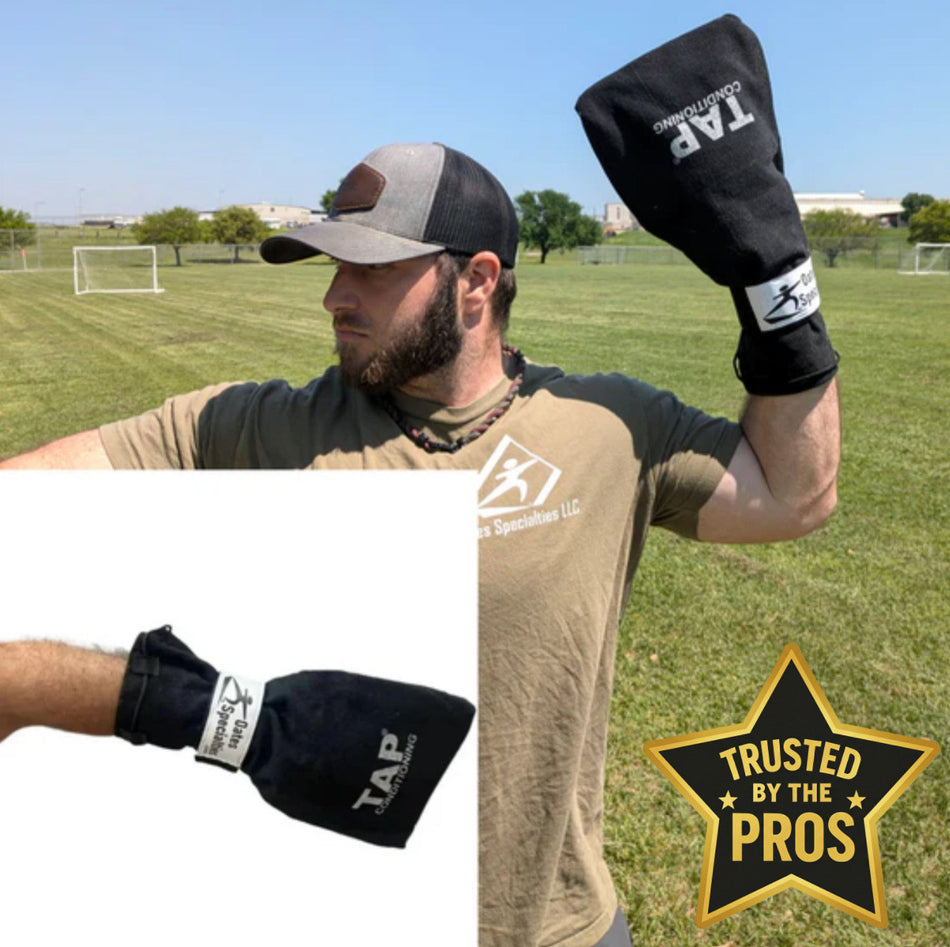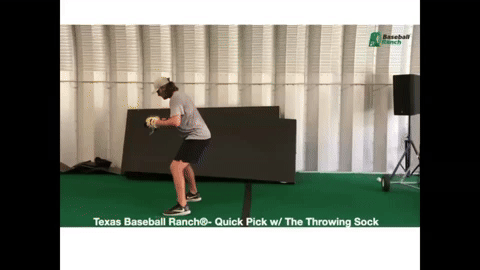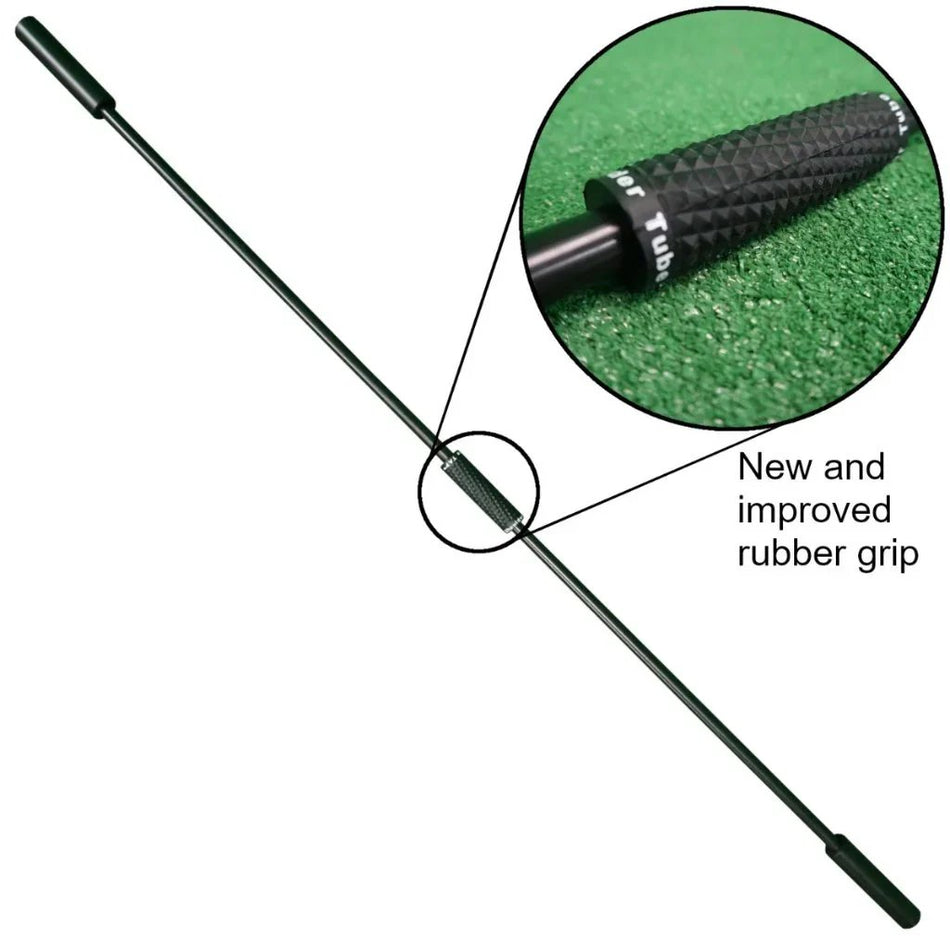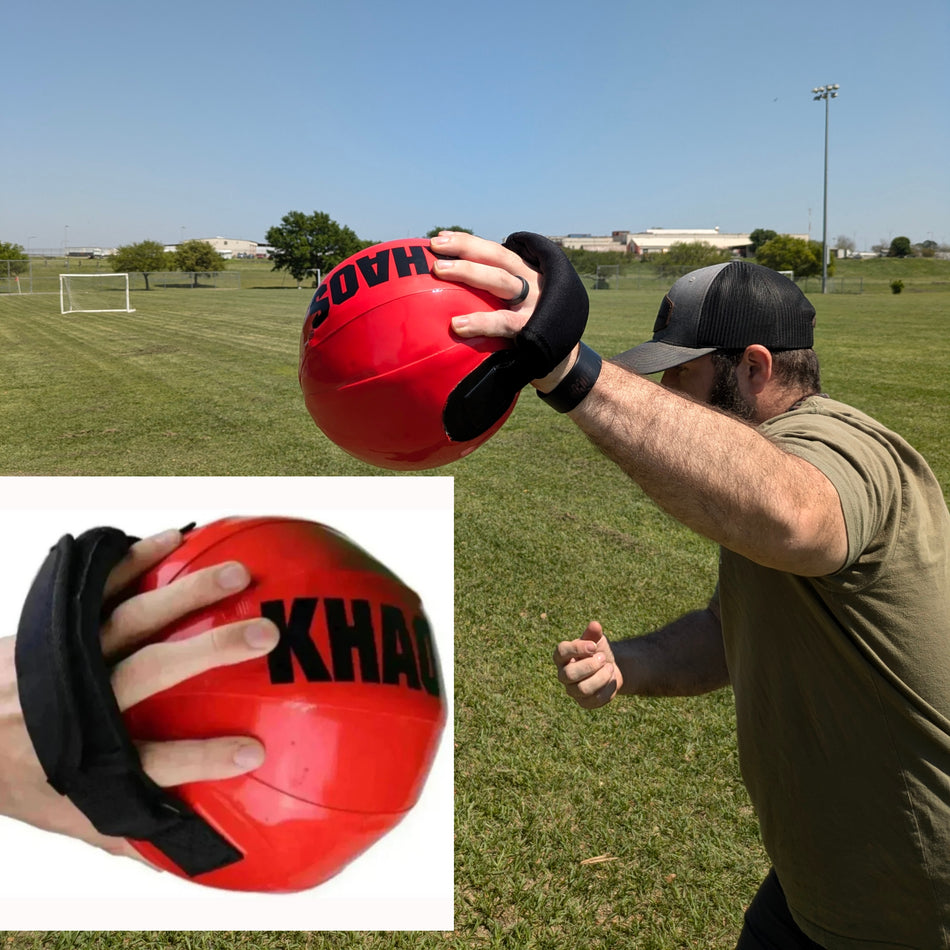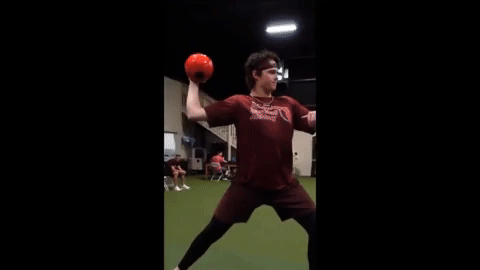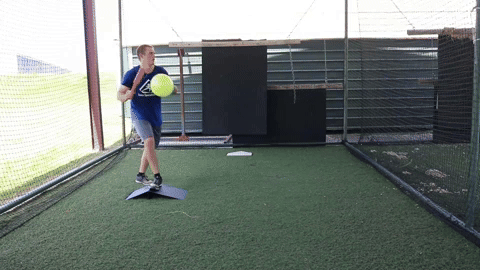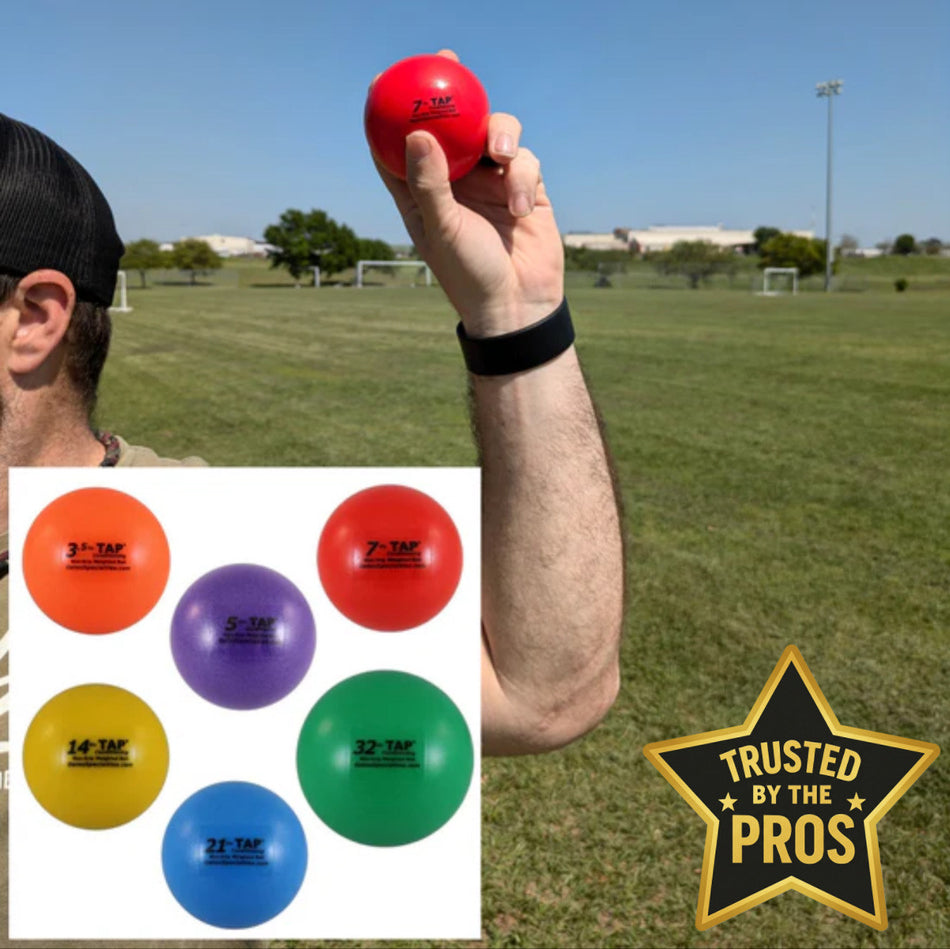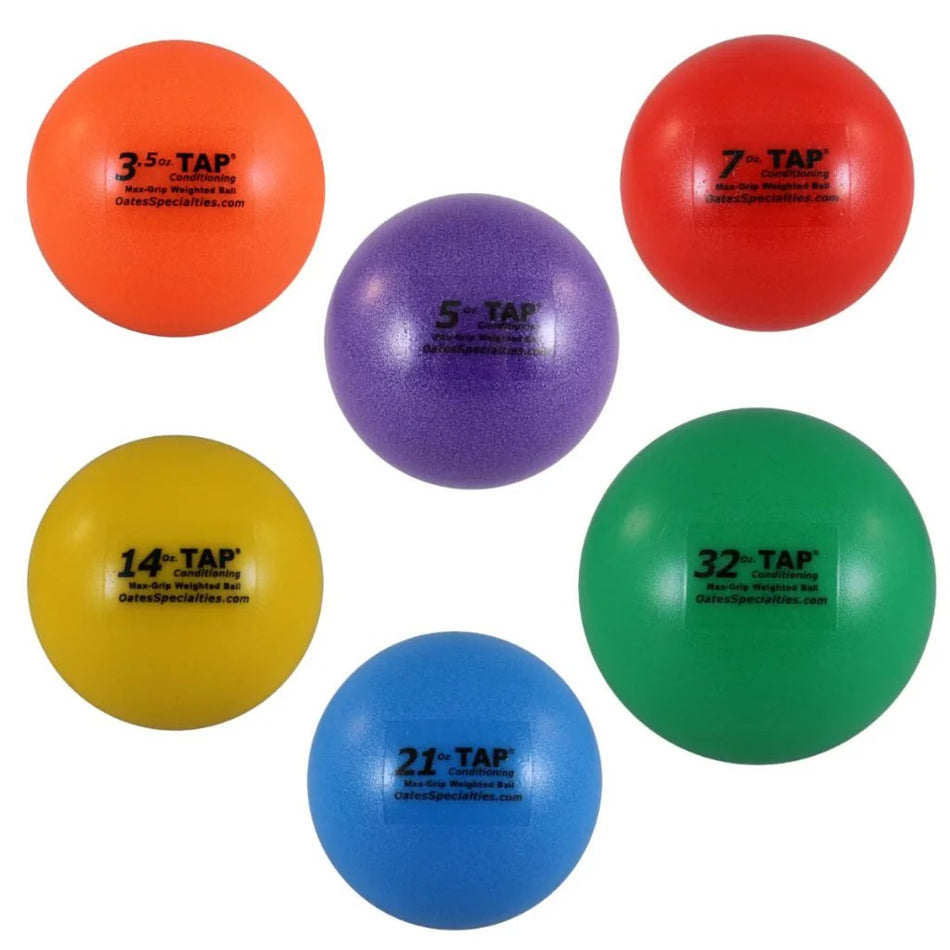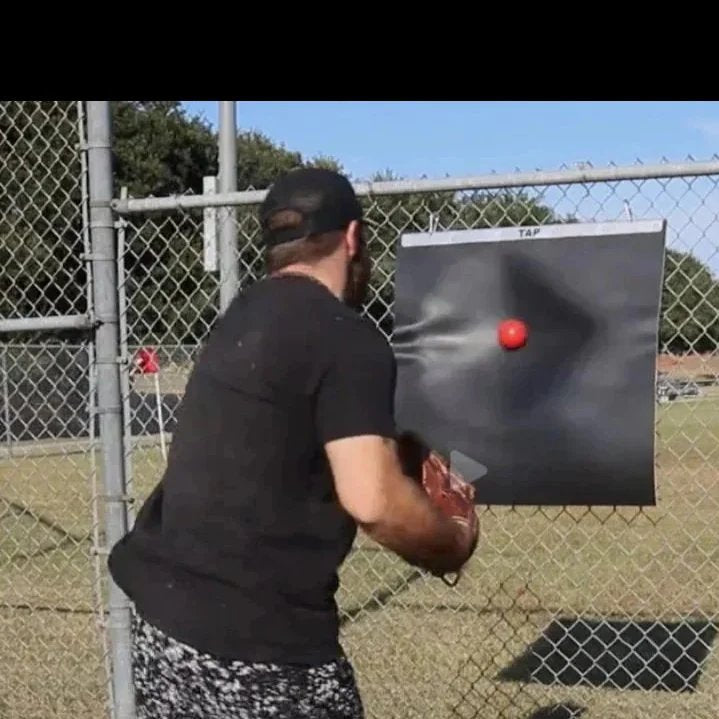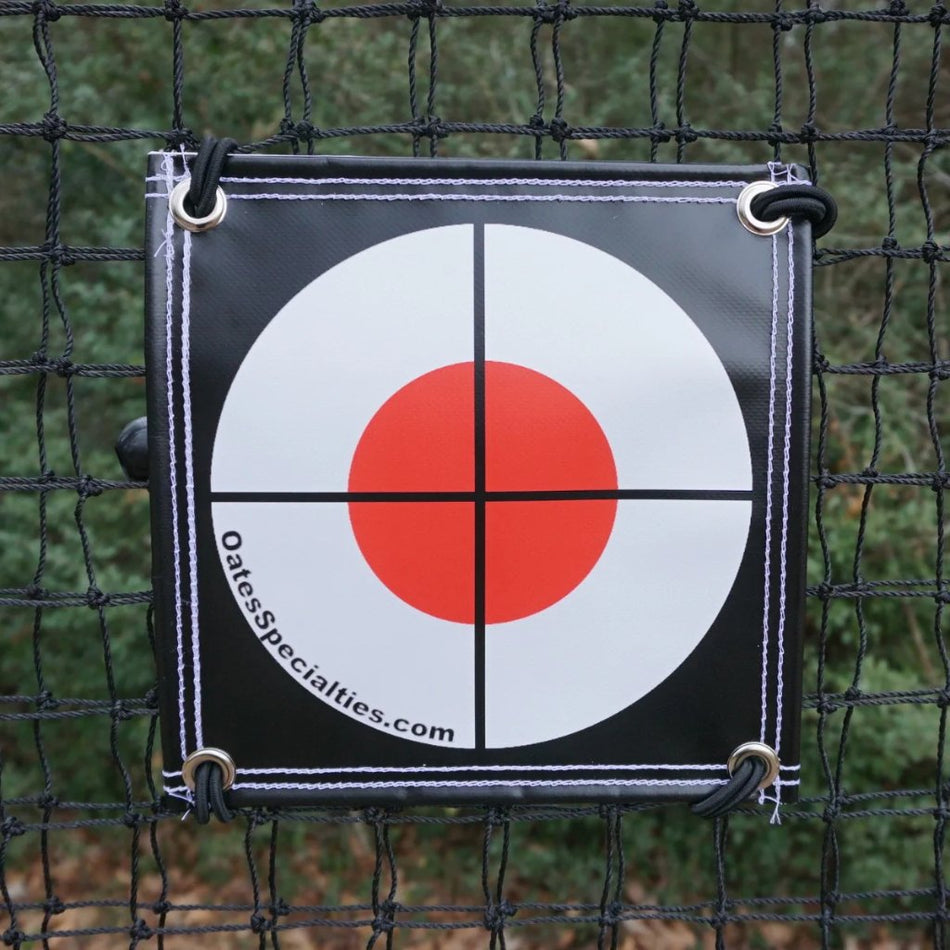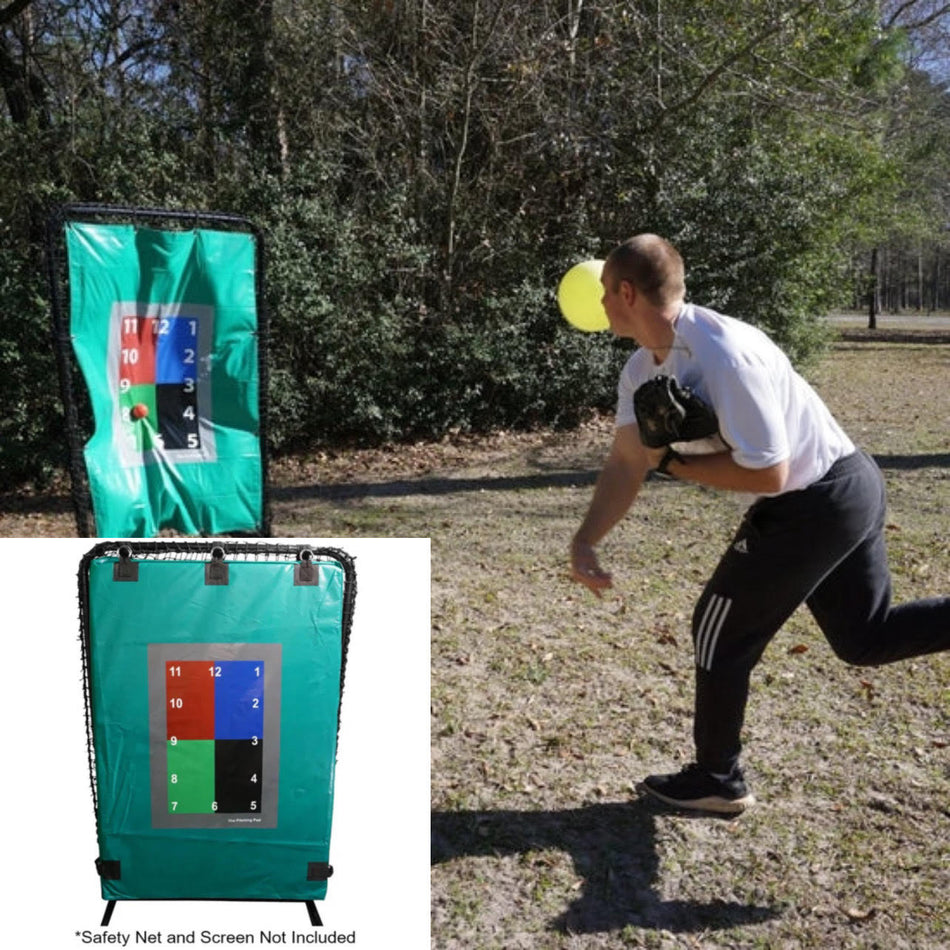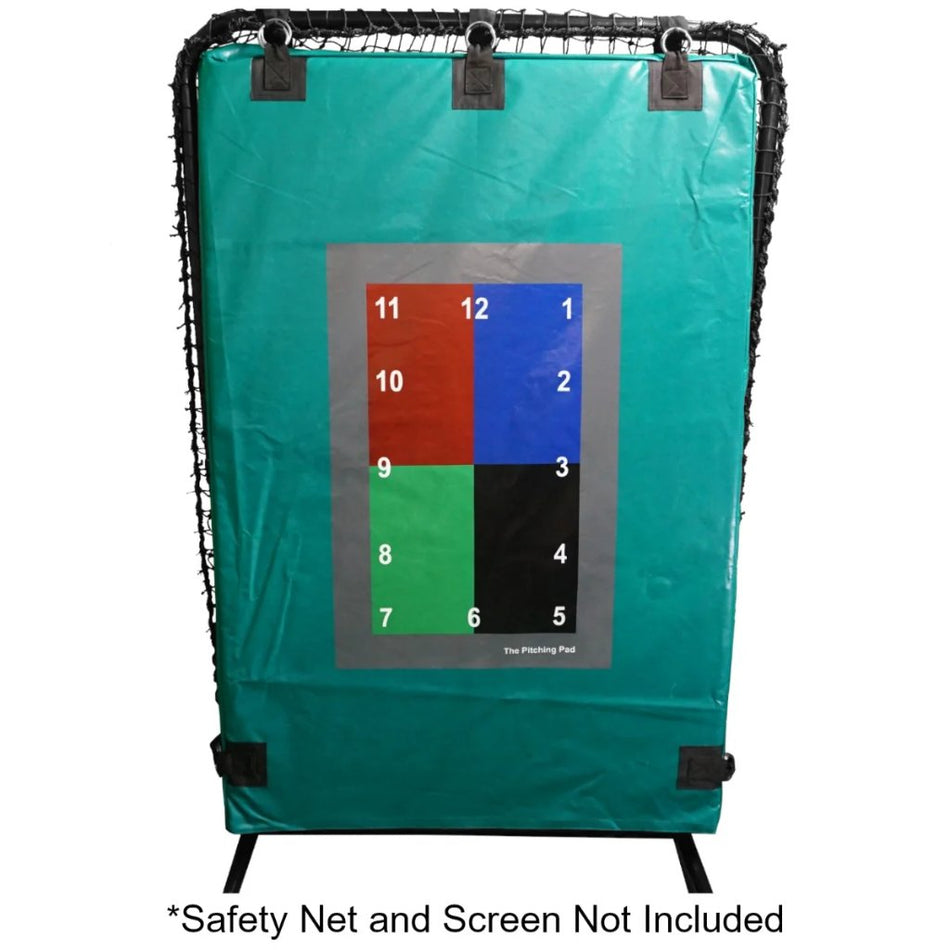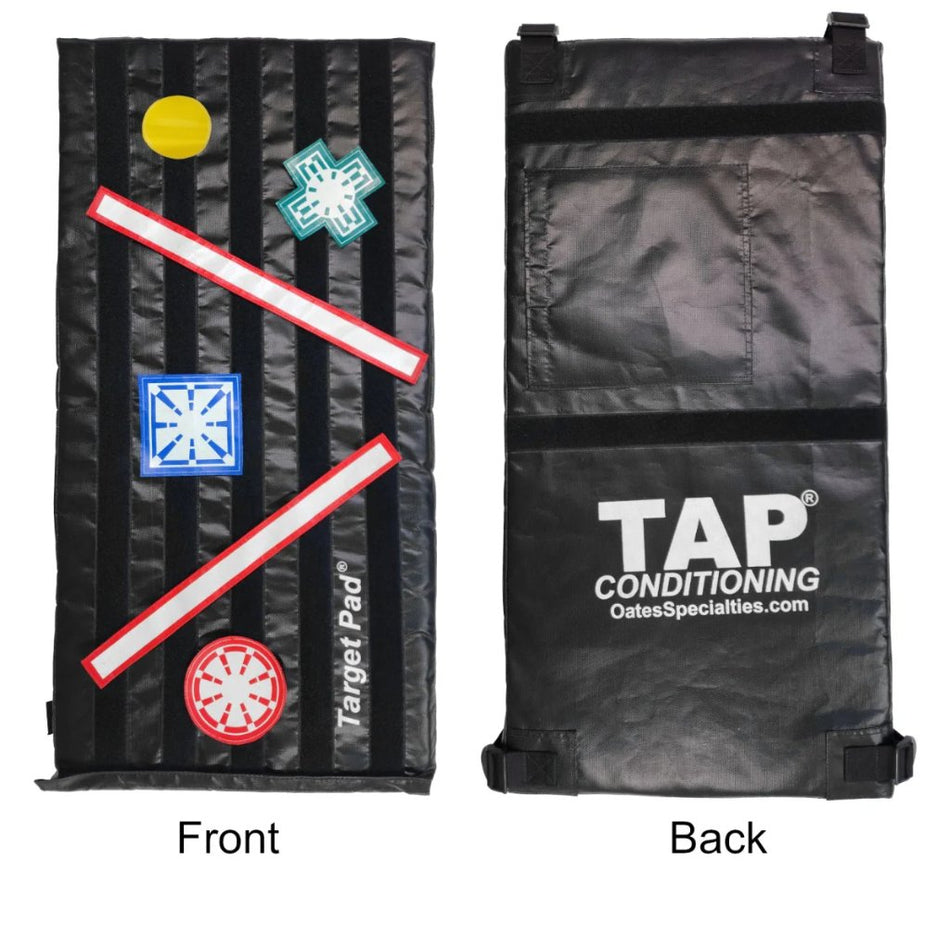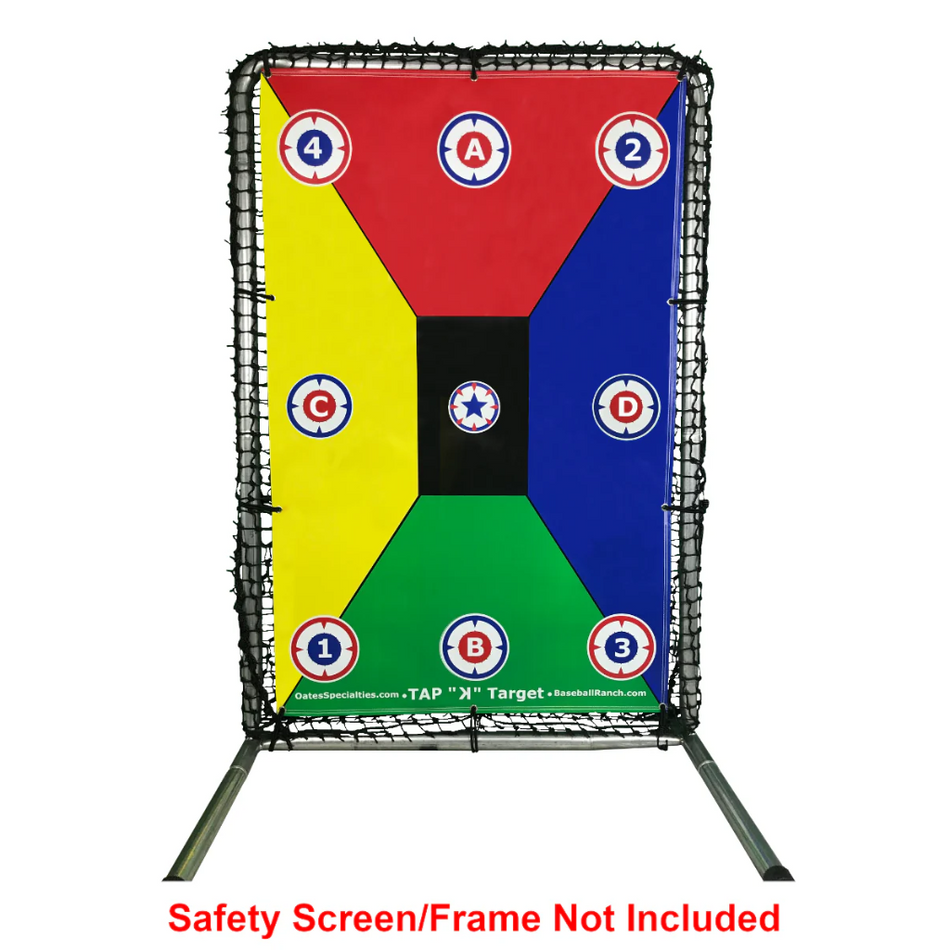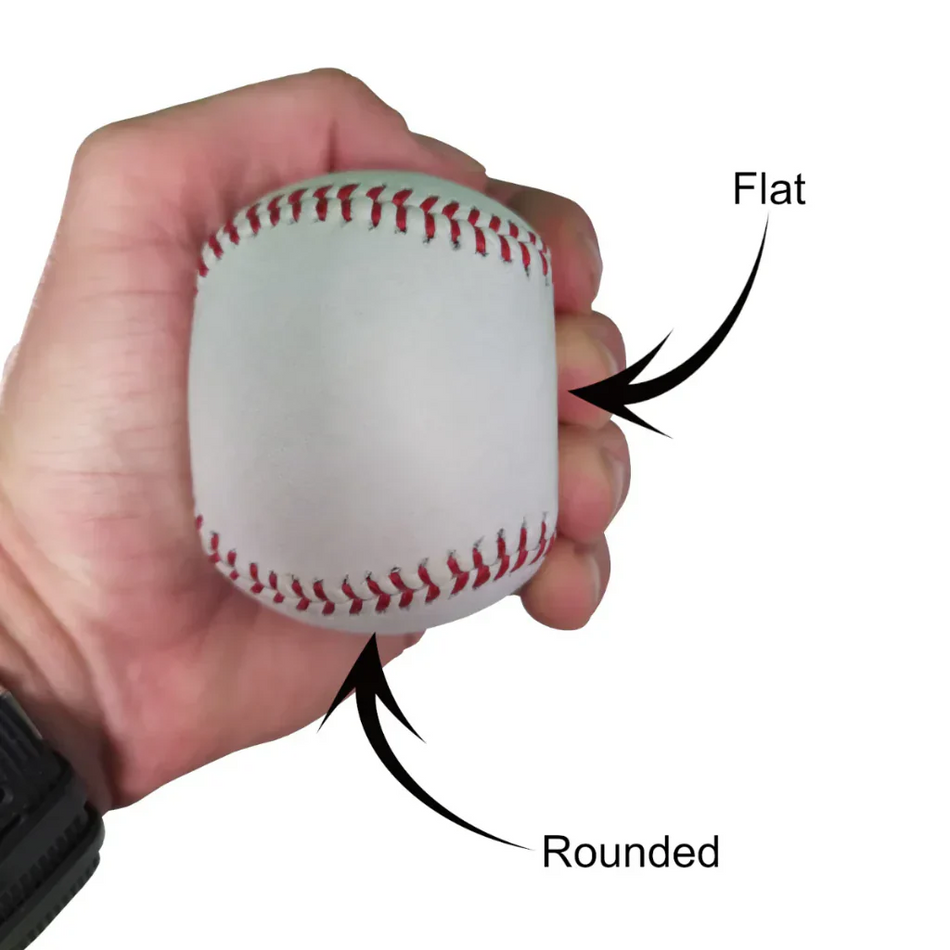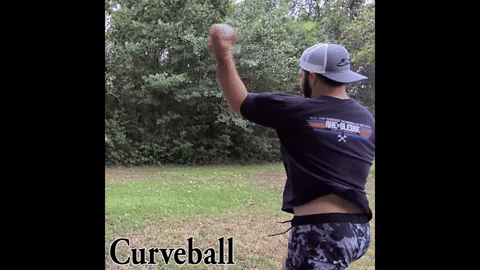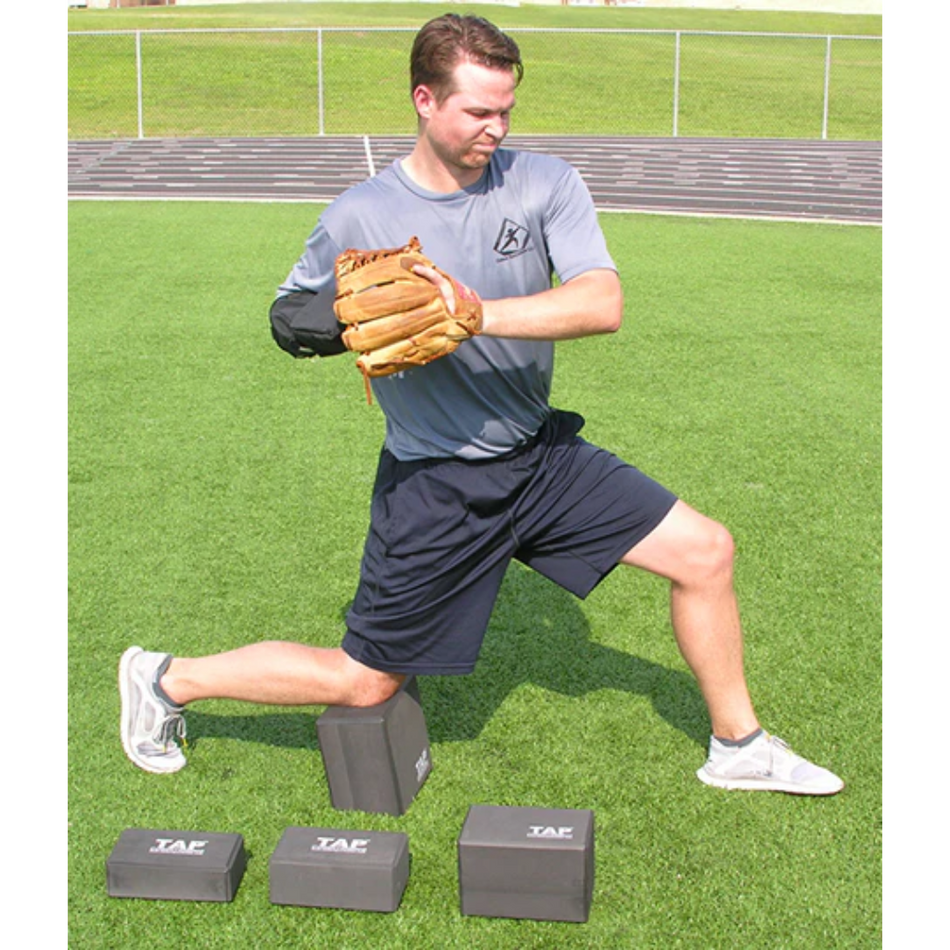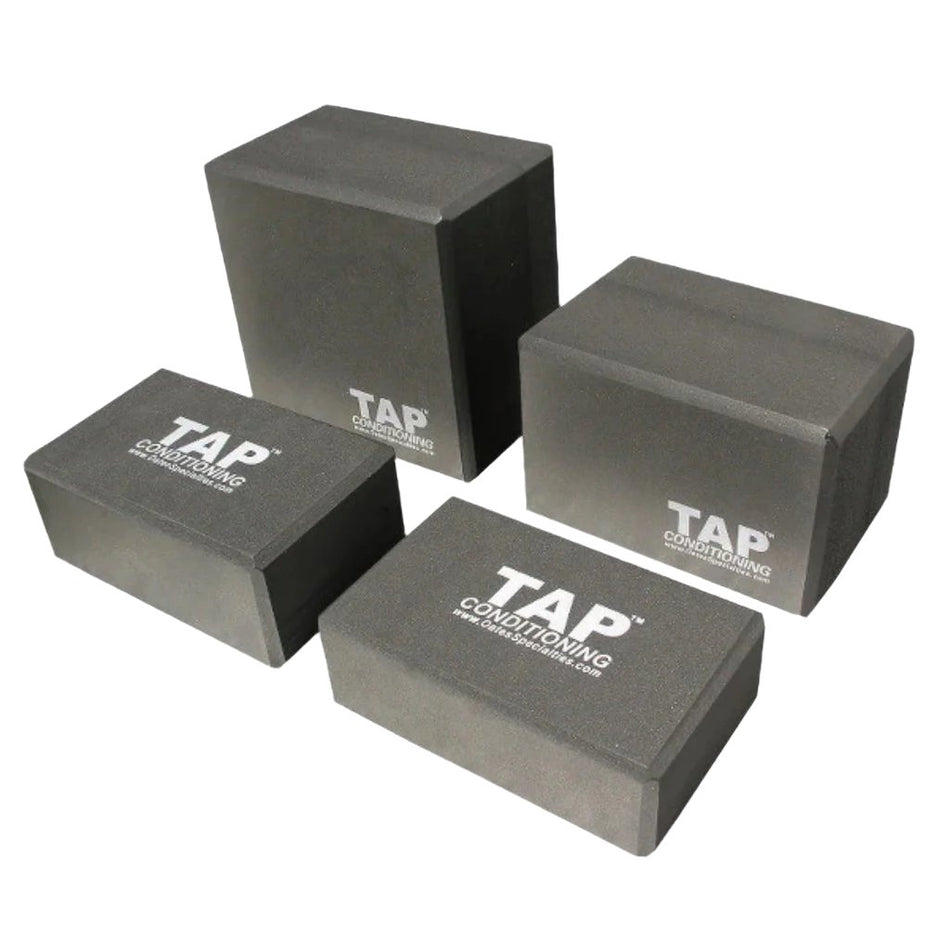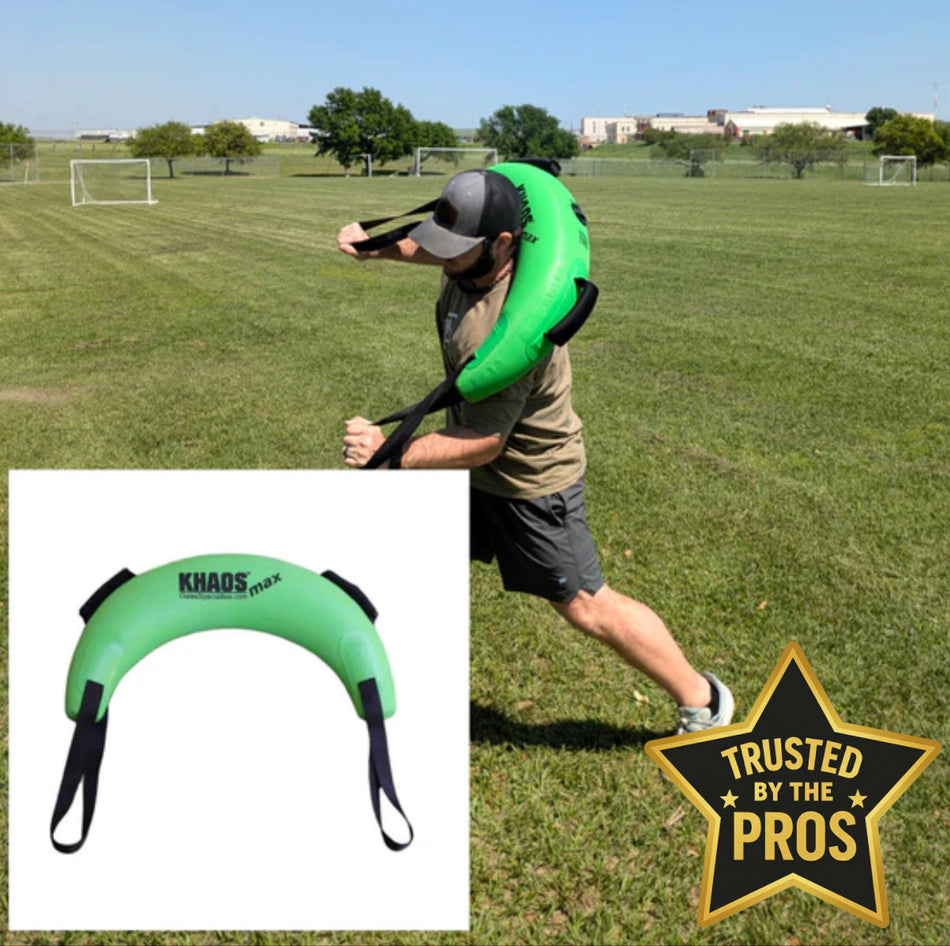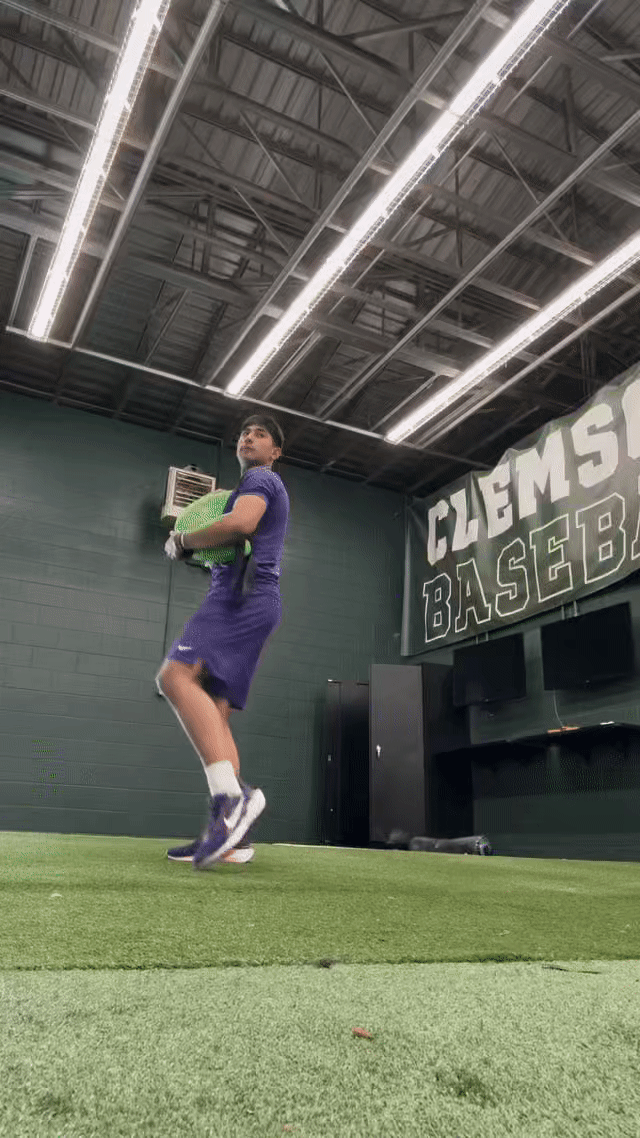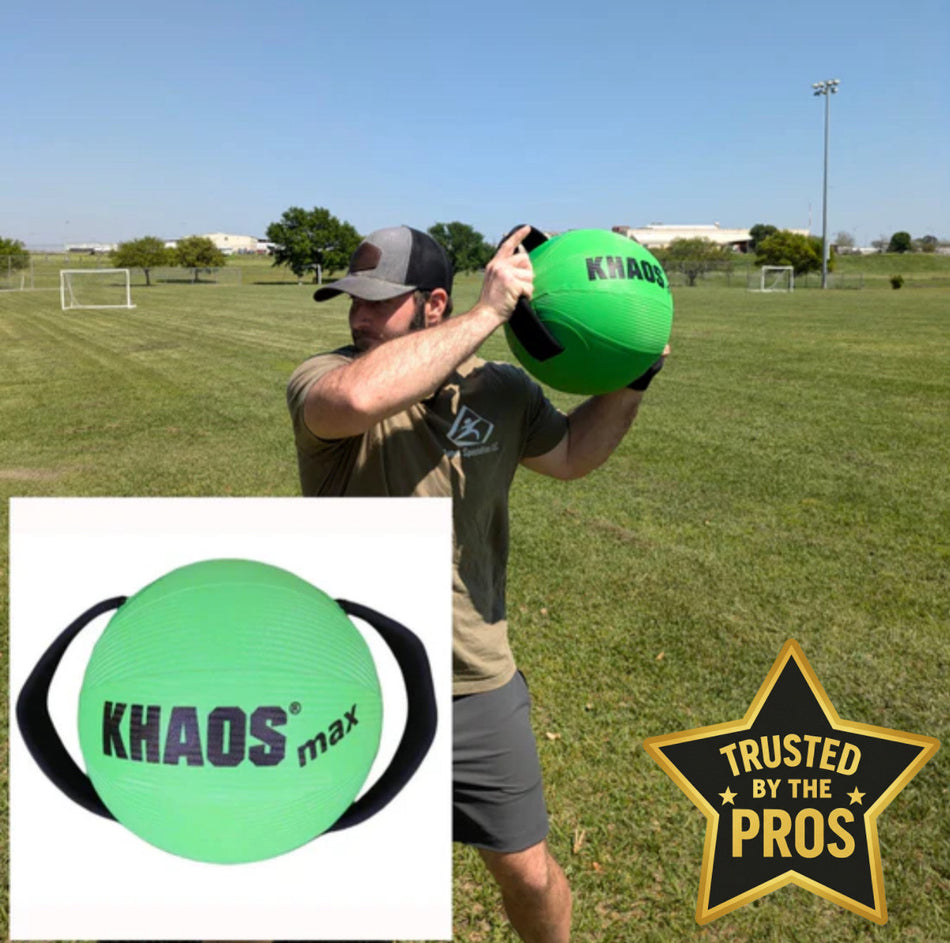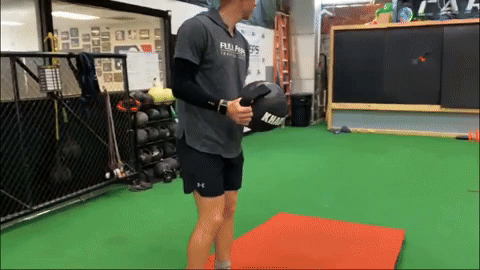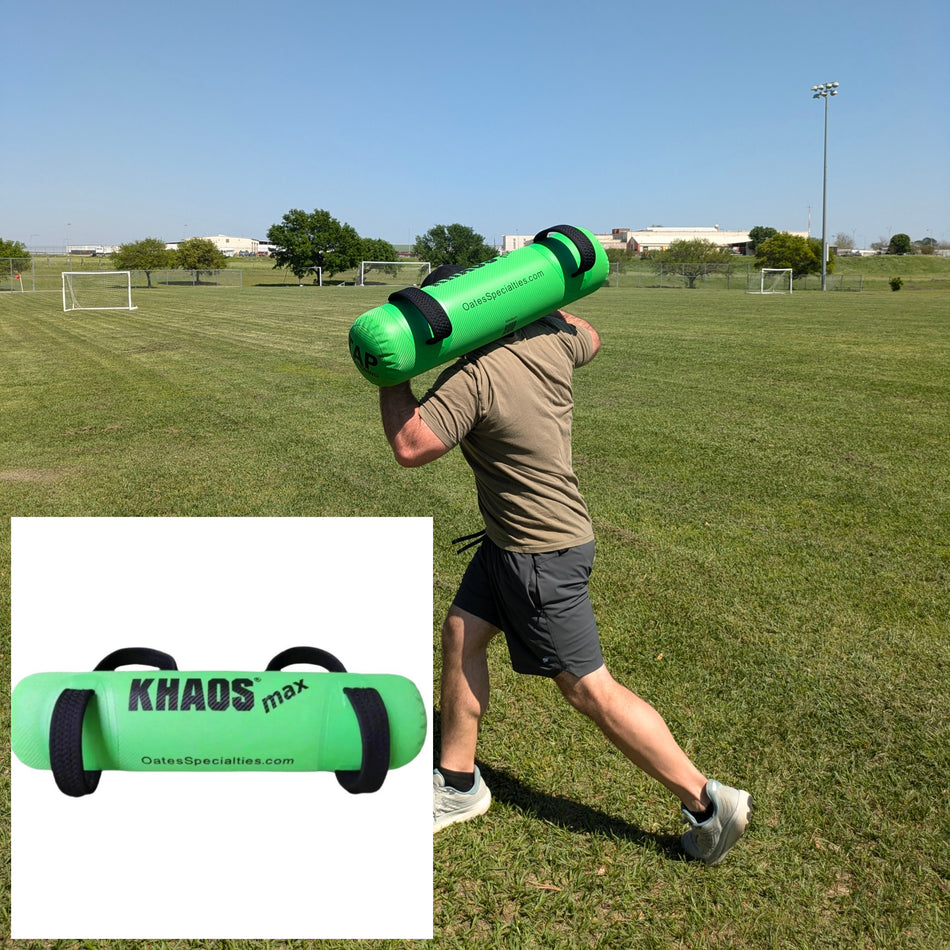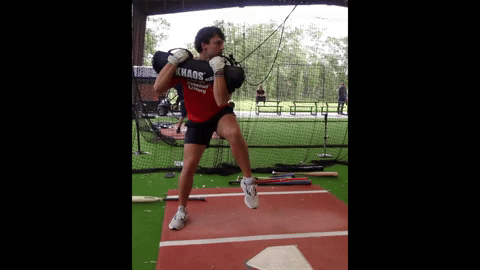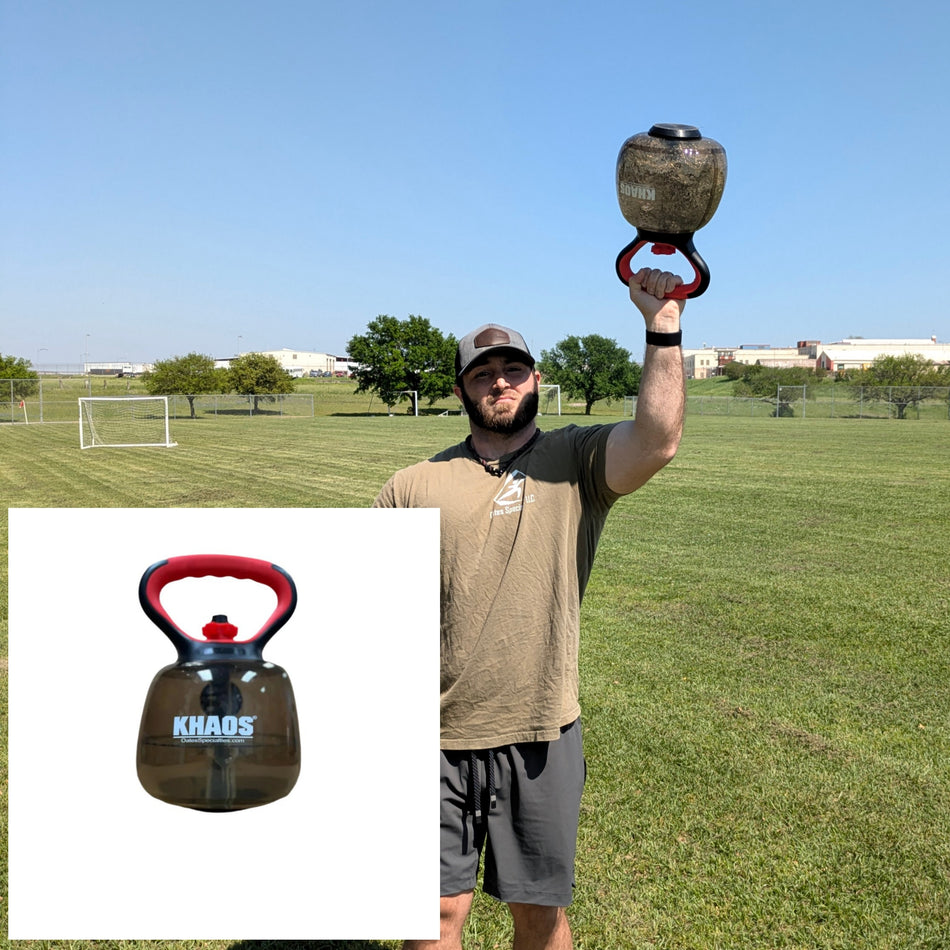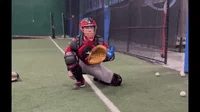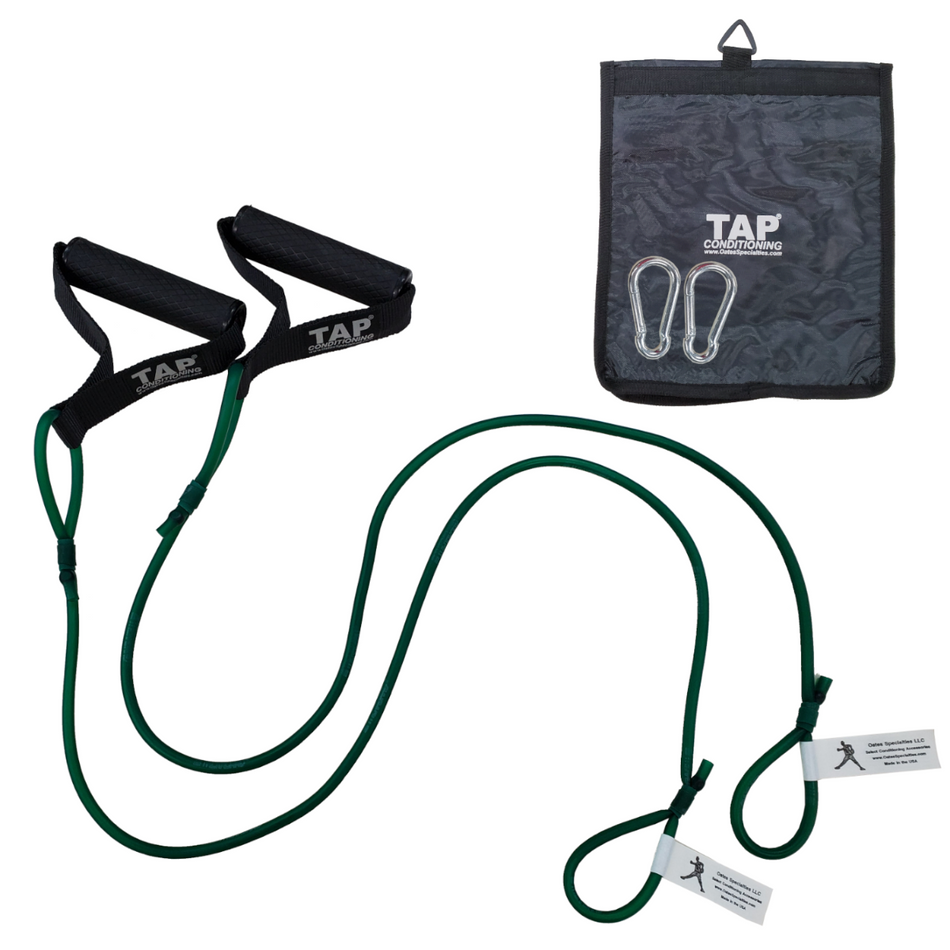Baseball demands precision and control, with success heavily dependent on efficient movement patterns in pitching and hitting. Half-kneeling drills are an established training method that helps athletes develop stable movement patterns, enhance mechanical efficiency, and potentially reduce injury risk through improved motor control. By constraining lower body movement while allowing focused upper body training, these drills have proven valuable for players and coaches in developing specific skills. This approach aligns with Dynamic Systems Theory, which explains how movement patterns emerge from the interaction between the athlete's body, the task constraints, and the environment. The half-kneeling position serves as a specific task and environmental constraint that can help organize more efficient upper body movements by providing a stable base and reducing degrees of freedom in the lower body, allowing athletes to focus on developing key rotational patterns essential to baseball performance.
Half-Kneeling in Baseball: A Trusted Training Tool
The half-kneeling position, where one knee is on the ground and the other leg is bent at a 90-degree angle, creates a stable base for isolating upper body movements. Historically, this stance has been widely used in baseball, particularly in "back-to-throwing" routines. These routines help athletes safely rebuild movement patterns after time off or injury, allowing them to focus on control, consistency, and arm action without overloading the lower body.
Key Benefits and Applications
Pitchers often use half-kneeling drills to practice various aspects of their pitching movement patterns, from general movement to developing new pitches. Half-kneeling pitching drills are typically performed at short distances and can be executed in close quarters, making them convenient and versatile for training in different environments.
"Half-Kneeling" Drills and Exercise Primary Benefits Include:
- Enhanced focus on specific movement patterns.
- Immediate feedback for technique adjustment.
- Reduced fatigue allowing more quality repetitions.
- Better neural pathway development.
- Strategic progression from short to full distance.
This method is particularly beneficial for:
- Learning new pitches.
- Refining existing movement patterns.
- Rehabilitation programs.
- Building confidence in movements.
Backward and Forward Chaining: A Step-by-Step Approach
Backward and forward chaining techniques make half-kneeling drills more effective by breaking complex movements into manageable steps:
Backward Chaining
Start with the final part of the movement and work backward. For example, the Half-Kneeling Reverse Throw drill helps pitchers focus on proper arm action and upper body mechanics while isolating the lower half. Here's how to perform it:
- Start in a half-kneeling position with the lead leg forward and the back knee on the ground.
- Begin with the throwing arm in the release position, as if you've just thrown a pitch.
- Perform a reverse throw by moving the arm backward through the throwing motion:
- Start with wrist pronation (as if you've just released the ball).
- Move through the release point.
- Continue to external rotation.
- Finish with the arm back in the "loaded" position.
Forward Throwing (Forward Chaining)
Begin with the first phase and build sequentially. For example, the Half-Kneeling Quick Pitch drill helps pitchers limit the degrees of freedom which allows for them to focus more keenly on the arm action and release of the ball.
- Start in a half-kneeling position with the lead leg forward and the back knee on the ground.
- Hold a baseball in your throwing hand.
- Rotate shoulders square to target
- Let the arm come back naturally
- Bring the back shoulder forward bringing the arm into layback
- Allow to arm to unwind in front of the torso
- Focus on the release of the ball especially when developing secondary pitches
Thoracic Spine Mobility: The Science of Power Generation
Research shows that thoracic spine mobility plays a crucial role in baseball performance. The thoracic spine is the upper part of your back.
- It contributes to an estimated 55% of the total force and energy generated during a throw¹.
- It accounts for approximately 80% of the total available range of trunk axial rotation (the twisting movement of the spine)¹.
- It enables greater tension in the abdominals while maintaining optimal length (this is sometimes mentioned as hip and shoulder separation), leading to increased pitch velocity¹.
Primary benefits include:
- Better Stability: Strengthens the hips and core for improved control and balance.
- Improved Flexibility: Loosens tight muscles in the hips and upper back, making rotational movements smoother and more efficient.
- Upper Body Strength: Focuses on building power in the arms, shoulders, and core without relying on the legs.
- Energy Transfer: Teaches how to move power effectively from the lower body through the upper body.
¹DiPanfilo, R., et al. "Thoracic Mobility and Athletic Performance." NSCA Coach 6.2.
Beneficial Exercises
Rotator Cuff Development
- Half-kneeling 90/90 external rotation holds.
- Internal rotation control drills.
- Band resistance exercises.
Core Power Development
- Medicine ball rotational throws.
- Anti-rotation holds.
- Band chops and lifts.
Mobility Enhancement
- Thoracic rotation drills.
- Hip flexor stretches.
- Shoulder mobility exercises.
For specific directions on these exercises, an internet search can provide detailed instructions and video demonstrations.
Proper Setup and Alignment
Critical elements for correct positioning:
- Hips Level: Maintain parallel alignment with the ground—imagine balancing a tray of water on your pelvis. This ensures stable posture and activates the glutes for additional stability.
- Front Knee Position: Level with or slightly below hip height.
- Spine Alignment: Neutral position without arching or rounding.
- Core Engagement: Active abdominal stabilization.
- Front Foot Alignment: In line with hip, back knee under hip.
Athletes who struggle with alignment can use kneeling blocks to improve their form. These tools provide support, making it easier to maintain the correct position.
To determine if you need a kneeling block:
- Assume the half-kneeling position without a block.
- Measure the distance from floor to each hip bone (iliac crests).
- Calculate the difference to determine required elevation.
Equipment Considerations for Optimal Training
The effectiveness of half-kneeling exercises depends significantly on proper positioning and stability. While many athletes begin practicing these movements on standard gym flooring, specialized equipment can help optimize form and results.
Surface Stability and Joint Protection
Training surfaces should:
- Provide adequate cushioning for the back knee.
- Maintain stability for dynamic movements.
- Allow consistent positioning across multiple sets.
Height Adjustability for Individual Athletes
Having adjustable equipment allows:
- Customization for different body types.
- Progressive adaptations as mobility improves.
- Precise alignment of hips and spine.
Professional Equipment Solutions
Professional-grade kneeling blocks offer several advantages:
- Multiple height options for different athlete needs.
- Durable materials maintaining stability during dynamic movements.
- Consistent surface angle for proper form.
- Portable design for facility and travel use.
Elevate Your Training with Oates Specialties
Achieving proper alignment and maximizing the benefits of half-kneeling drills is easier with the right tools. Oates Specialties offers high-quality Kneeling Blocks designed to provide stability, comfort, and support during training. Whether you’re a pitcher working on accuracy or a hitter building rotational power, these blocks can help you unlock your potential. The kneeling blocks fit perfectly into the Constraints Led Approach (CLA) by creating specific constraints that guide athletes toward optimal movement patterns. By providing a stable base, these blocks help athletes focus on upper body control and alignment without the interference of lower body movement.
With a variety of sizes available, Oates Specialties Kneeling Blocks ensure a custom fit for every athlete. Visit Oates Specialties today and discover how their Kneeling Blocks can transform your training routine. Achieve your best performance with the support of Oates Specialties' premium training equipment.
Conclusion
Success in baseball requires attention to detail in both training methods and equipment selection. Whether using basic or specialized equipment, the key is maintaining proper form and alignment throughout your half-kneeling exercises. As you advance in your training, consider how your equipment choices can support your development and help you achieve optimal results on the field. Incorporating principles from Dynamic Systems Theory (DST) and Constraints Led Approach (CLA) can enhance your training by promoting adaptability, coordination, and efficient movement patterns.
Don’t miss out—get your Kneeling Blocks today and start transforming your training. With a variety of sizes available, there’s an option that’s perfect for every athlete. Visit Oates Specialties now and see how their Kneeling Blocks can take your performance to new heights!





